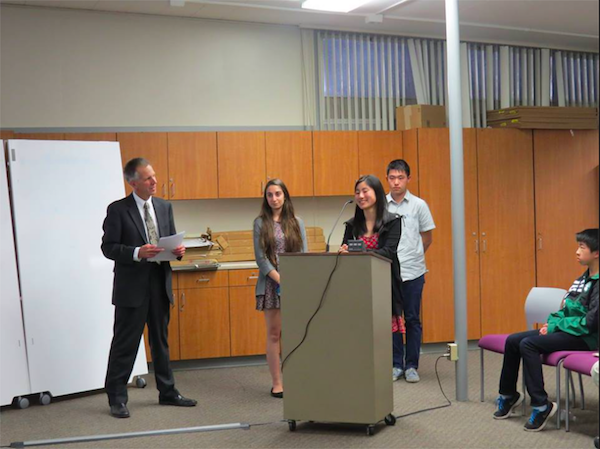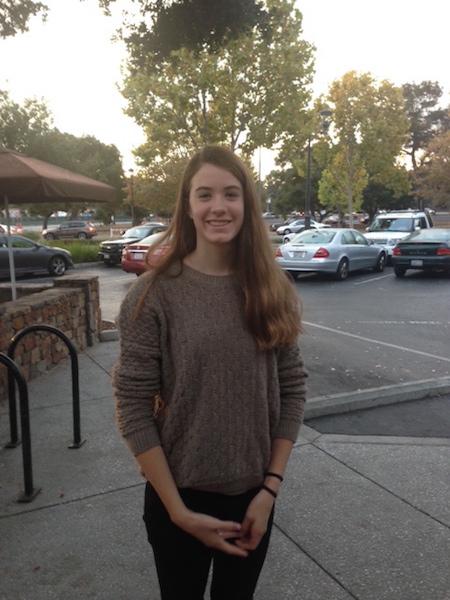Five high school students in Palo Alto are finalists and semifinalists in this year’s Siemens Competition in Math, Science and Technology, according to announcements on the Siemens Foundation website in early Novemeber.

Two Palo Alto High School students, junior Adele Bloch and senior Richard Cao; two Castilleja students, Kelsey Auyeung and Kris Auyeung; and one Gunn High School student, Joy Jin, are semifinalists of the national competition. One Gunn student, Sharon Chen, and one Castilleja student, Lea Sparkman, are finalists.
According to the Siemens Competition website, the participants could present either individual or group projects for the competition, which is restricted to students attending high school in the U.S. and is funded by the Siemens Foundation. The foundation provides more than $7 million annually in the funding of educational initiatives like the Siemens Competition and The Siemens We Can Change the World Challenge, a program that develops solutions for environmental issues.

Sparkman, a junior, had an internship over the summer that became the inspiration for the paper she submitted to the Siemens Competition.
“It [the competition] is like a second internship after the summer,” Sparkman said. “It really requires you to understand what you learned over the summer really deeply and know why you did everything and I think it really just solidifies your understanding.”
“The project that I worked on dealt with globular clusters and … galaxies,” Sparkman said. “So it was an astronomy project … We were comparing the chemical composition of the centers of the … galaxies and the globular clusters, which are basically clusters of stars that are orbiting around these galaxies.”
According to Sparkman, she was not expecting to be a finalist of the Siemens Competition.
“The most exciting and rewarding part was submitting the paper because … I had never written an 18-page paper before … and then when we won I didn’t expect it and it was very surprising, pleasantly surprising, and so now we go on to Regionals and I am excited for that,” Sparkman said.

Cao, a senior, also used his learning from a summer internship at Stanford University as the basis of his paper. Cao’s paper was about “using DNA sequencing to obtain autoantibodies” and the possible medical treatments that could be created from the sequencing, Cao said.
The competition required a thorough report, according to Cao.
“It was an 18-page report. You needed an abstract, an introduction, methods, conclusions, summary and you needed a bunch of pictures. The hardest part was getting the abstract done,” Cao said.
Cao said that the competition process was simple and mostly internet-based.
“You put your report in, you have to mail some basic safety regulations if you do biology, like I did. You need to get approval from your mentor if you have one, but to make semifinals there’s no person to person action,” Cao said.

The Paly, Gunn and Castilleja finalists and semifinalists were awarded their trophies by the Palo Alto District School Board members at the School Board District meeting on Tuesday.

